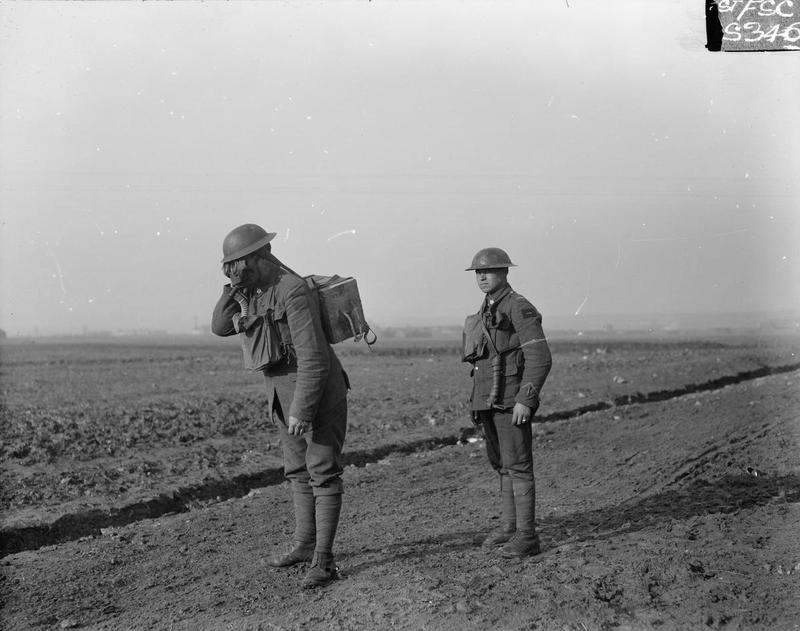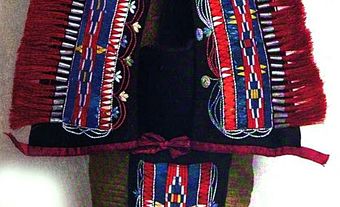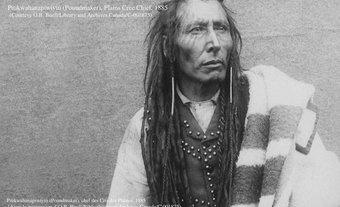A tumpline is a strap that crosses the head (sometimes the chest) and is used for carrying a pack. In Canada, Indigenous peoples and early settlers used this load-bearing device to carry goods over long distances. Tumplines are still used all over the world, from people in rural communities to modern outdoor outfitters.
What Is A Tumpline?
Tumpline likely originates from the Algonquian word mattump, loosely translated as “pack strap.” Broad at the middle and tapered at both ends, the tumpline crosses the head and attaches to a pack or other load. Tumplines generally can carry up to 45 kg of weight.
Tumpline Uses
Historically, Indigenous peoples used tumplines to help carry their belongings and infants while travelling to and from camping or hunting sites. During the fur trade, voyageurs and coureurs de bois adopted the tumpline to ease the burden of carrying their heavy gear, canoes and bundles of fur across various terrain. (See also Portage.)
In the modern age, the Canadian Army designated tumpline companies during the First World War to carry materials, including guns, to the front. Today, hikers, campers, canoers and the like, use tumplines to carry their packs and equipment.
Did You Know?
In 1882, French Canadian shoemaker Camille Poirier, who had immigrated to Duluth, Minnesota in 1870, added a tumpline to the typical backpack used by settlers, and created the Duluth Pack – a brand of backpack still used by outdoor enthusiasts.
Making and Wearing A Tumpline
Traditionally, Indigenous peoples fashioned tumpline headpieces out of rawhide or by weaving and using a loom. Today, rawhide, leather and synthetic materials are common in the construction of tumplines. Tails are attached to either side of the headpiece using metal fasteners. The tails are what wrap around the cargo being carried.
The headpiece is secured to the top of the head as opposed to the forehead, as this allows for the back, rather than the neck, to support the weight of the load. The tumpline is tied so that the pack sits just above the hips. A properly secured tumpline will ensure the pack does not interfere with a person’s stride.

 Share on Facebook
Share on Facebook Share on X
Share on X Share by Email
Share by Email Share on Google Classroom
Share on Google Classroom










